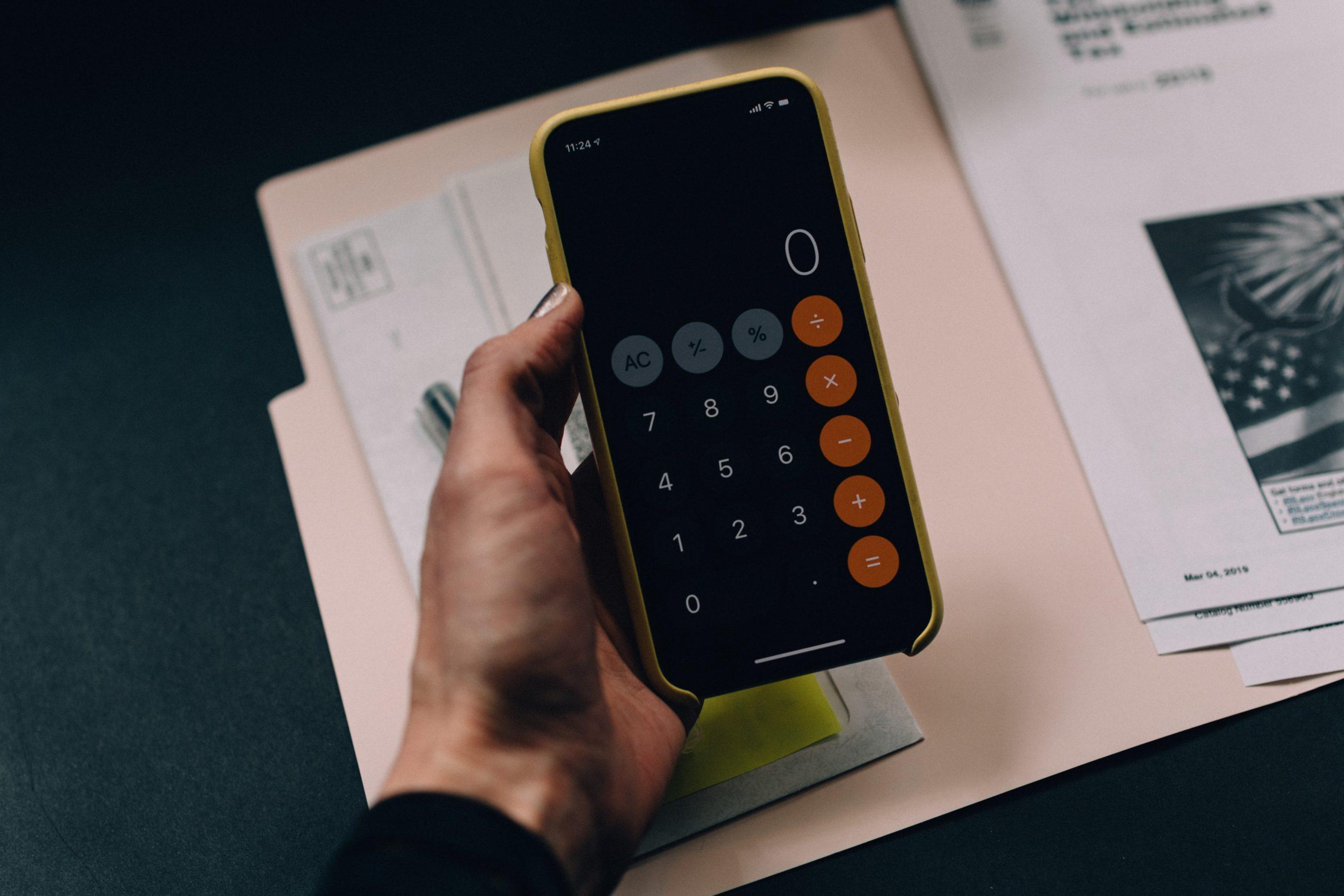
Financial experts recommend checking your credit report once per year, and it’s such an essential step to your financial health that it’s available annually for free. Still, many people are left wondering what to do next. Once you’ve accessed your credit report, what should you look for?
The basic answer is errors, and here’s where to start:
Outdated Personal Information
Start by ensuring that your name, current address and telephone number are complete and correct. You should also note whether any of your past address information is incorrect, as this could mean your credit report has accidentally become mixed up with someone else’s. This happens from time to time, especially when someone has a name similar to yours.
Incorrect Credit Accounts
Besides accurate personal information, perhaps the most important section of your credit report is the credit accounts section. This is where you’ll see all the accounts you own, including credit cards, department store cards, personal loans and more. If you see an account you don’t recognize, it could mean that you have been a victim of identity theft.
Unusual Inquiry Activity
The inquiries section of your credit report should show all the companies that have recently pulled your credit score. This happens when you apply for a new line of credit from a bank, store, credit union, auto dealership or other lender. While it’s sometimes necessary to add inquiries to your report, too many can lower your credit score. So, check to make sure there aren’t any inquiries you don’t recognize or were not aware of.
If you see errors on your credit report, you have the right to file a dispute. Typically, this begins by contacting the credit reporting agency that produced the report. For very serious errors, you might also consider utilizing an attorney for assistance. While disputes can be frustrating and lengthy processes, it’s an important step in maintaining your financial health.
Image via Flickr/J. Kelly Brito





